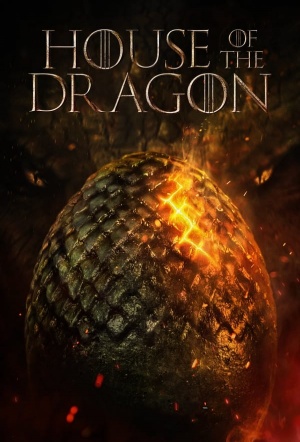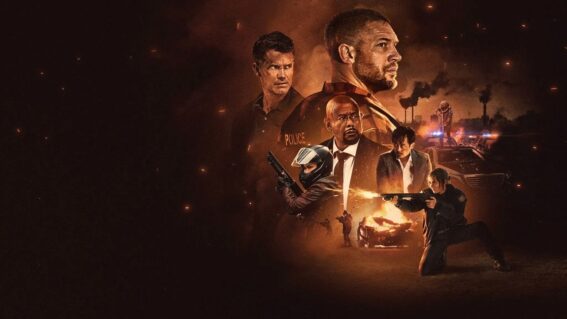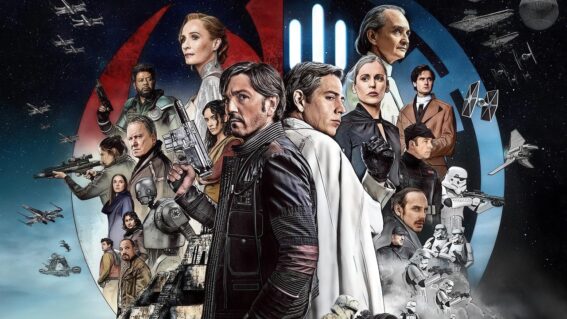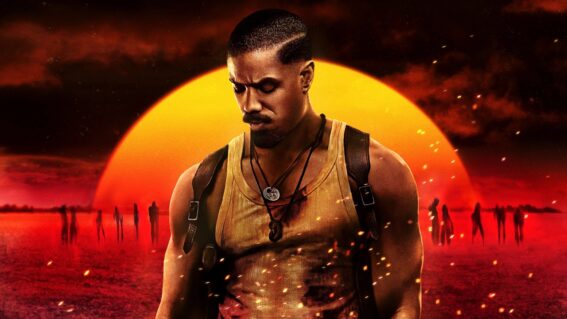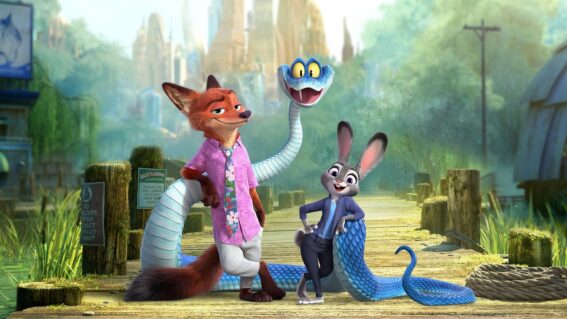House of the Dragon will serve up a fresh helping of Targaryens (and yes, dragons)
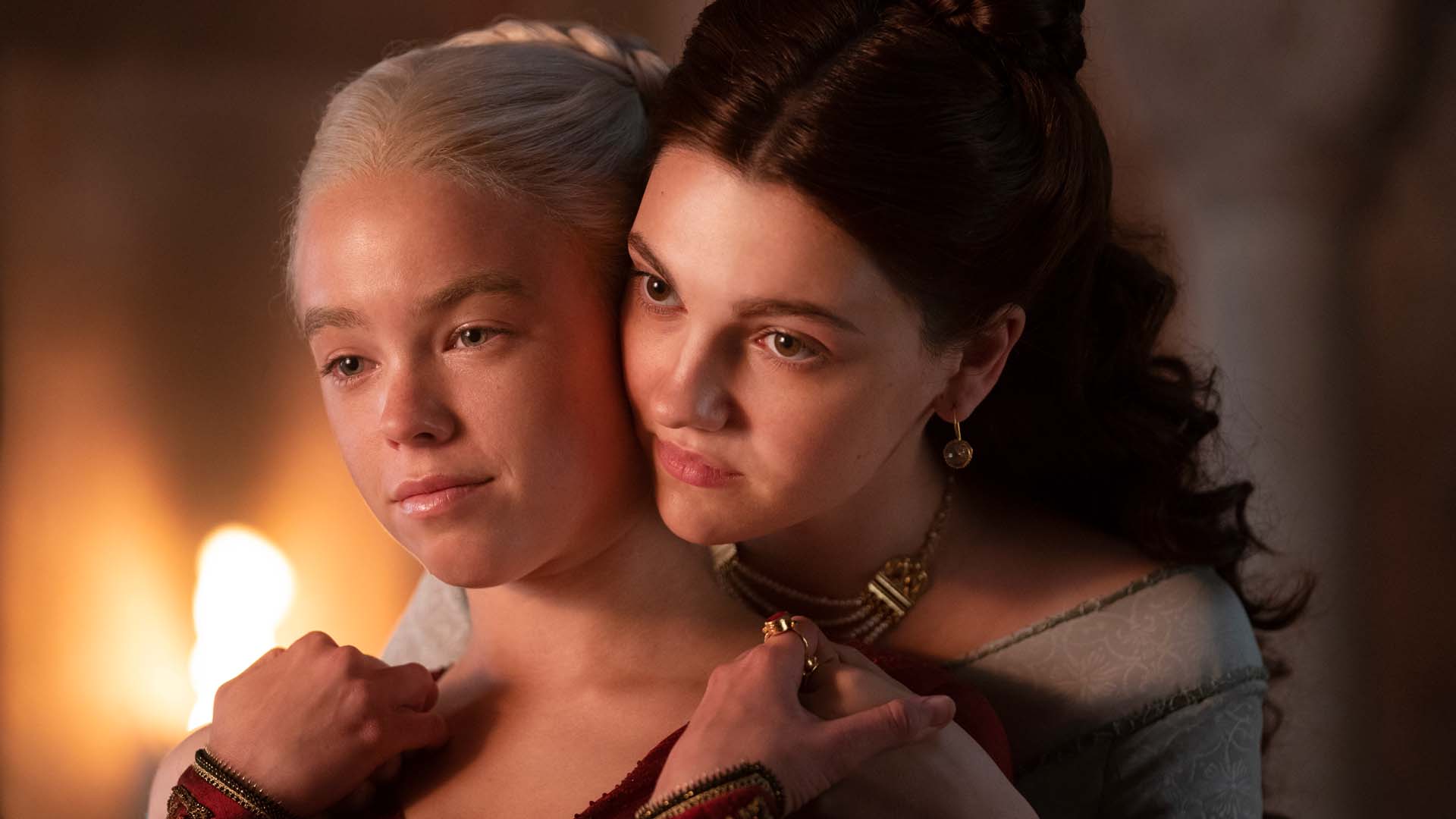

Set 200 years prior to Game of Thrones, the rise and fall of the Targaryen dynasty is laid out in new series House of the Dragon—streaming on Neon from 22 August. Dominic Corry looks at the show’s main point of difference and what audiences can expect from the GoT prequel.
Arguably the most impactful TV show since The Sopranos, Game of Thrones was never just going to go away when the original series ended in 2019.
Even factoring in the… feelings… about the final season, the huge amount of audience hunger for this franchise couldn’t be left on the table, so HBO promptly set about developing five potential new shows, all of them prequels. One, starring Naomi Watts, got as far as shooting a pilot, but that was deemed unworthy and another concept was explored. That pilot was successful, and now House of the Dragon is almost upon us.
This turn of events can’t help but provoke a number of questions: What didn’t work in the first pilot that worked here? What is the main point of difference? What can audiences expect? Who are the main characters?
As you can probably discern from the show’s title, the answer to many, if not all of these questions, is: dragons. Especially if you allow for that description to go beyond the creatures themselves to include the dragon-riding Targaryen family.
After her brother got his face melted off part way through season one, the only Targaryen in Game of Thrones was Daenerys (Emilia Clarke), but we did hear a lot about this dynastic family line, going all the way back to Aegon the Conqueror, the first Targaryen King of Westeros.
The new series principally takes place approximately a century after his reign, about 200 years before the events of Game of Thrones, and is positively loaded with platinum-haired Targaryens. Pity the wigmaster.
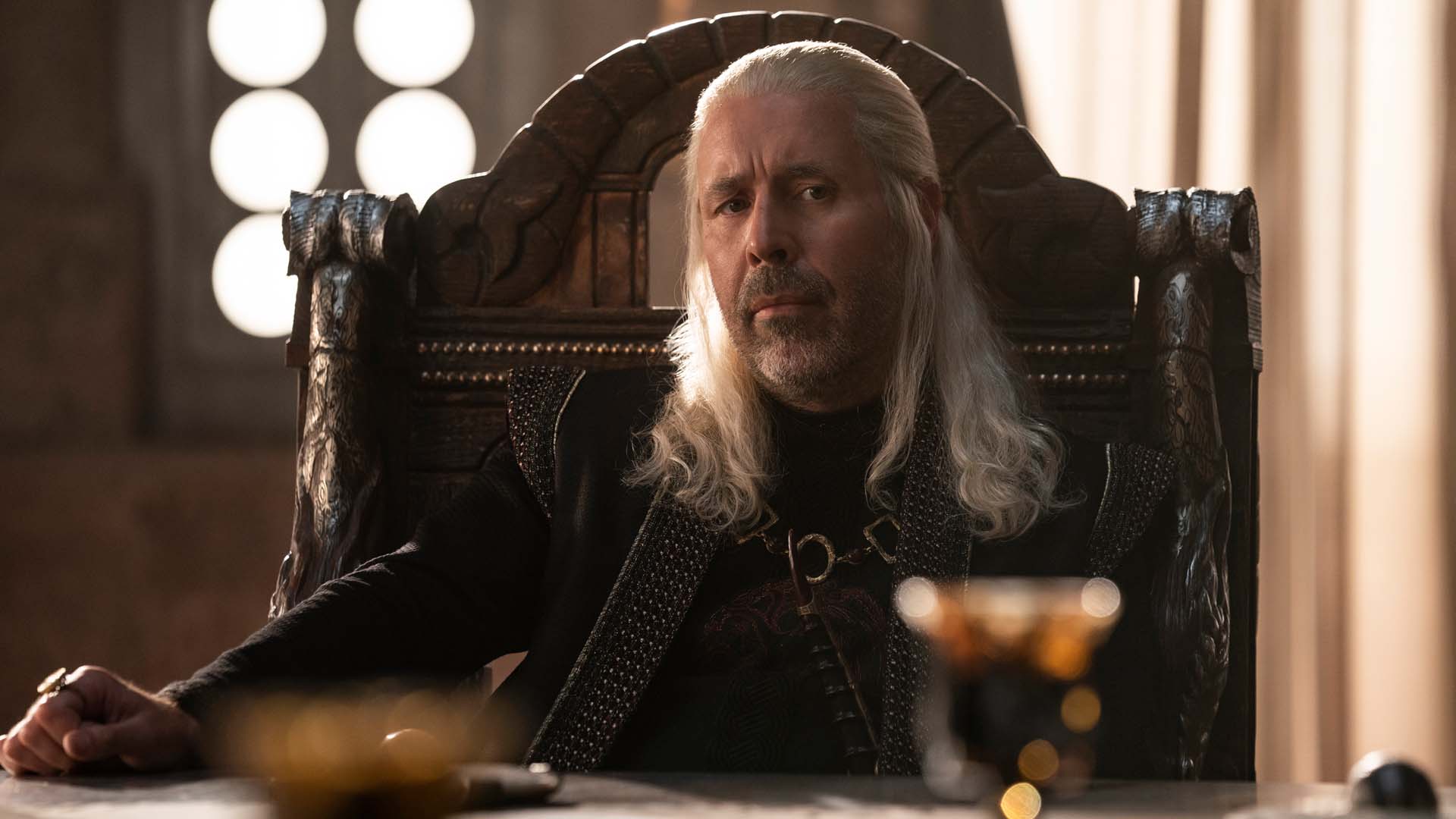
The show concerns the events leading up to a civil war known as the Dance of the Dragons, which came about after the Targaryen family split over who would succeed King Viserys, played in the show by Paddy Considine.
All this information, and much, much more, can be discerned from the relatively-recently published supplemental books The World of Ice and Fire, and more specifically Fire and Blood, which is focused on House Targaryen.
The rationale behind choosing this part of Westeros history to explore seems to be to give the show a more tangible connection to the Game of Thrones audiences already know and love—the Naomi Watts pilot was set thousands of years earlier, back when the White Walkers were a problem the first time around and before the Wall was even built. And, critically, no dragons.
The show that was actually made leads more directly into the events of Game of Thrones, and gives audiences a hot heaping helping of the always-intriguing Targaryens and their longtime abuse of vowels.
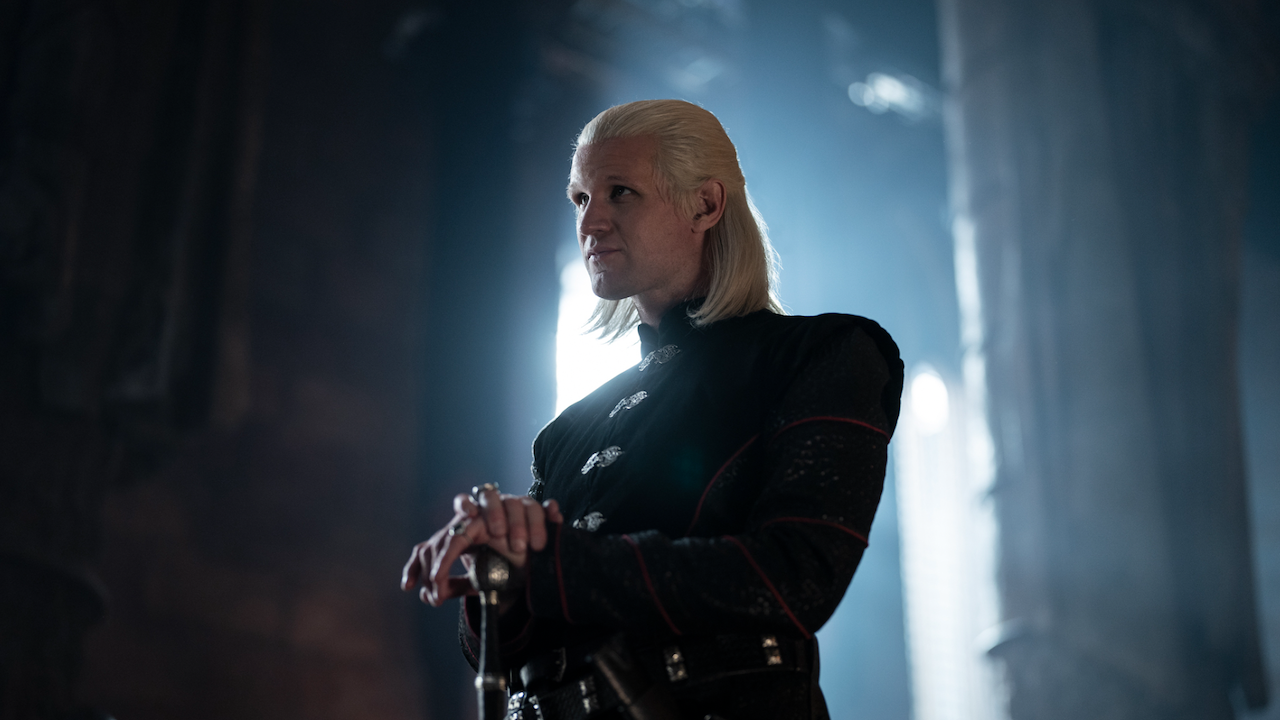
The story is apparently told from the perspective of King Viserys’ daughter Rhaenyra (who is introduced as a child, but eventually played by Emma D’Arcy) and her best friend Alicent Hightower (mostly to be played by Olivia Cooke), who is the daughter of the Hand of the King, Otto Hightower (Rhys Ifans).
Readers of the above-mentioned books will know where this all is going, but in the interest of letting TV audiences discover the plot for themselves, we’ll resist describing the specifics of the Dance of the Dragons. But suffice to say, the events speak directly to the criticisms surrounding Game of Thrones‘ treatment of its female characters that occasionally arose.
Something that can be safely celebrated here is the cast of the show. Beyond known heavyweights like Considine and Cooke (long overdue to break out), and newcomers like D’Arcy, the show stars Matt Smith, whose fantasy-friendly face makes him well-suited to this environment. He plays Viserys’ mercurial brother Daemon. Also of note in the cast is Sonoya Mizuno, who came to prominence in Alex Garland’s 2020 mini-series Devs, playing Daemon’s confidante Mysaria.
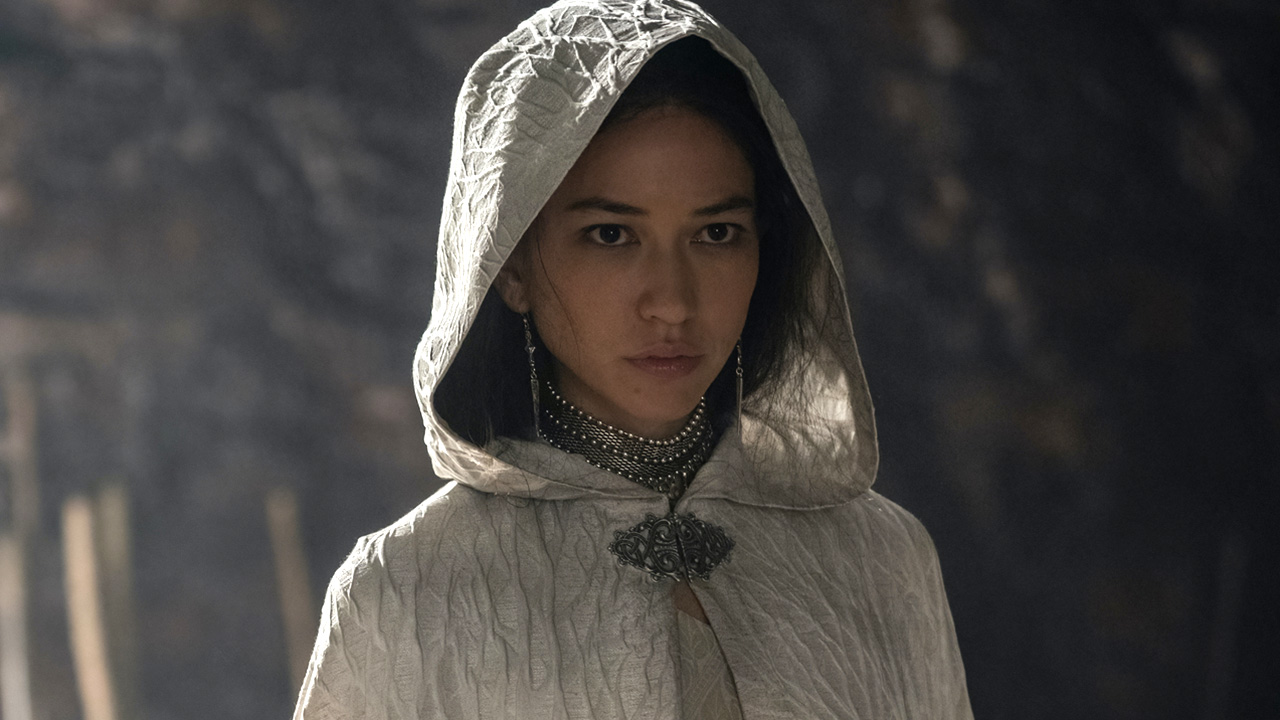
The other obvious exciting thing about House of the Dragon is that it takes place at a time when Westeros was full of actual dragons. Practically every Targaryen rides one. Game of Thrones took its time introducing these creatures, so it’s cool to know there’ll be a lot of them from the get-go here.
Similarly, Game of Thrones had to spend a lot of time establishing the rules of this world and famously stumbled in its first attempts to do so in the original pilot, which was reshot to make things clearer to the audience.
House of the Dragon will be able to jump right into the storytelling with the fair presumption that most of the audience will have a sense of how things work in Westeros, and it will no doubt gain further narrative momentum from being so tightly focused on one house, as opposed to the more sprawling scope of the first show. And the Targaryens remain something of an enigma within this franchise, so there’ll be plenty to explore.
But naturally, other houses will feature, most prominently the Velaryons who have been reconceived in this adaptation as Black, bringing some much-needed diversity to the proceedings.
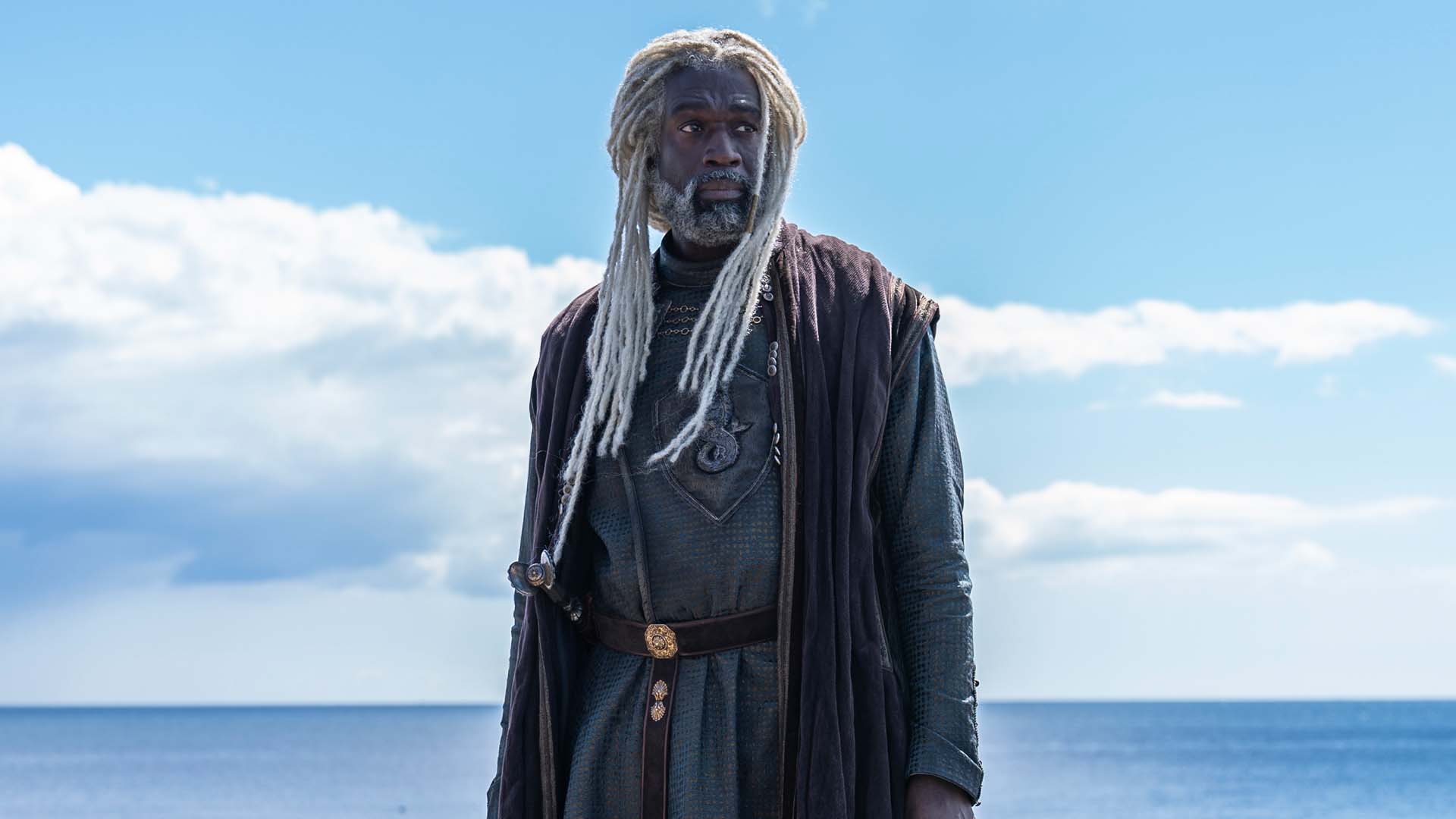
David Benioff and D.B. Weiss, the Game of Thrones showrunners, are not involved, but one of their key collaborators Miguel Sapochnik is helping to steer this ship. Sapochnik was an executive producer on the original show, and won an Emmy for directing the ninth episode of season six, the legendary “Battle of the Bastards”.
Author George R.R. Martin (who wrote several episodes of Game of Thrones) himself co-created the series alongside Ryan J. Condal (Colony). All three are executive producers. Martin apparently has a larger creative role in this series than in Game of Thrones. According to this Hollywood Reporter article, the backlash to the GoT‘s final season led to HBO resolving to pay more attention to Martin’s wishes. Which can only be a good thing.
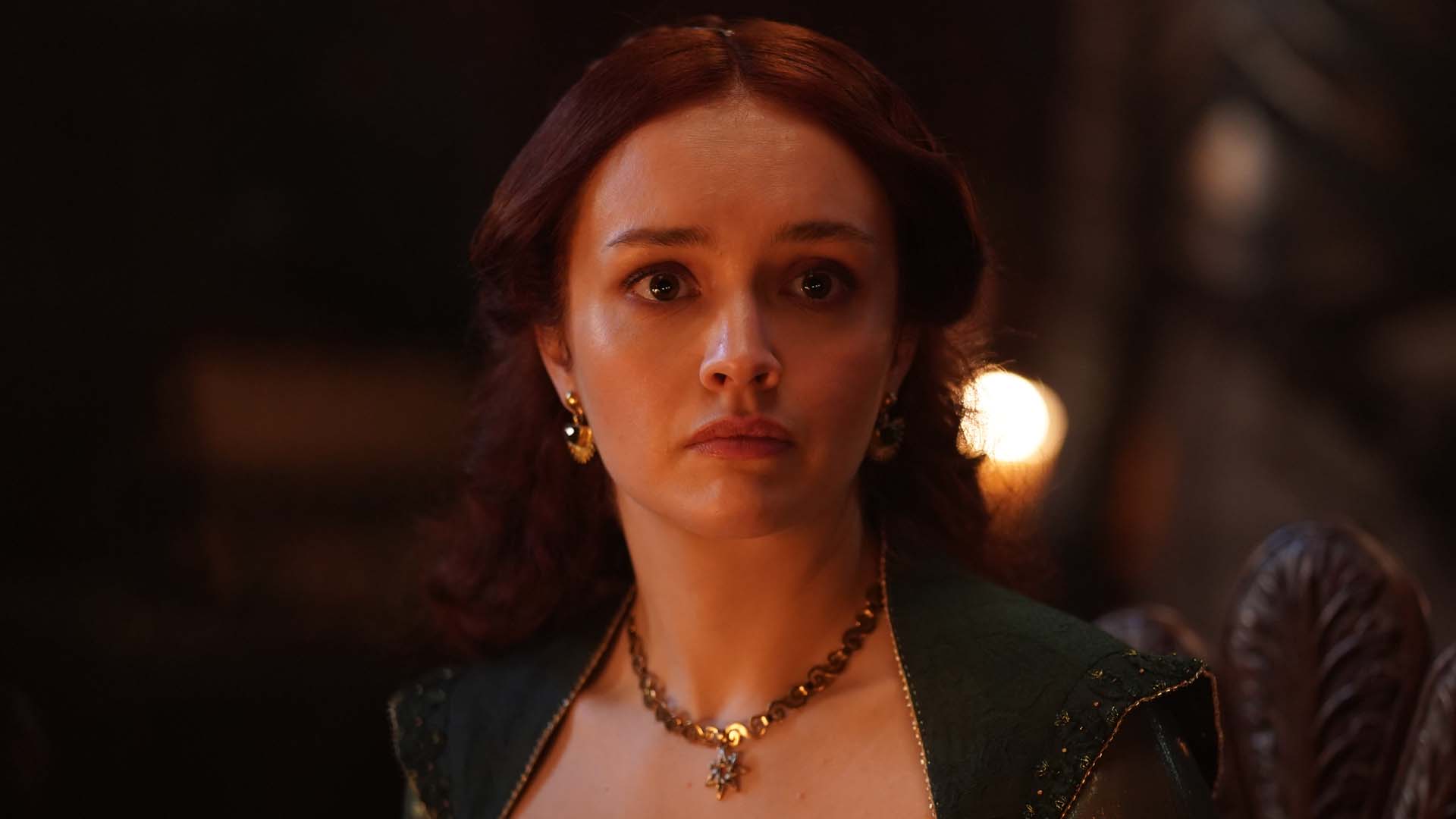
When Game of Thrones began in 2011, fantasy was still something of a niche concern, especially serious fantasy. House of the Dragon is premiering in a media environment more saturated with fantasy content than ever before—there’s a certain other big-budget prequel to a beloved fantasy franchise premiering just a couple of weeks later, and a newly-announced Jon Snow-centric sequel series nipping at its heels. Not to mention a new Dungeons & Dragons movie coming down the pike.
So everyone involved knows this needs to dazzle straight out of the gate. That kind of pressure can only be good for the audience. By not including the words “Game of Thrones” and a colon in the show’s title, an encouraging sense of confidence is being projected. Bring on the dragons.

